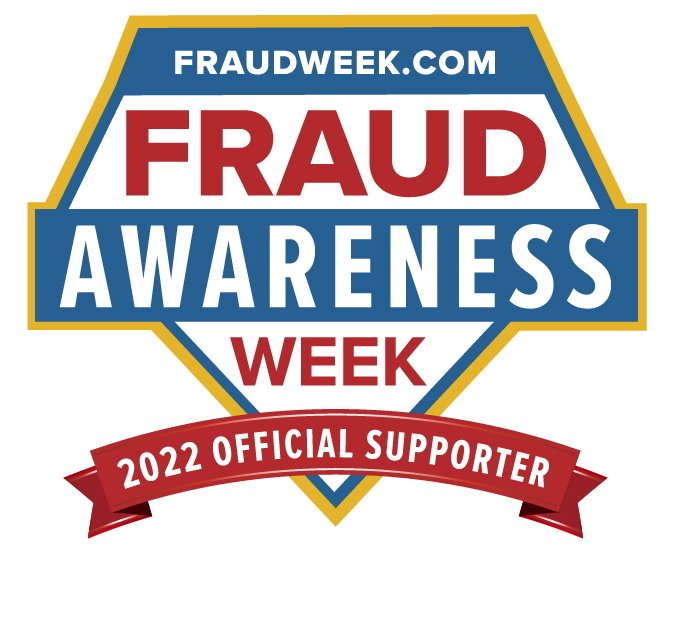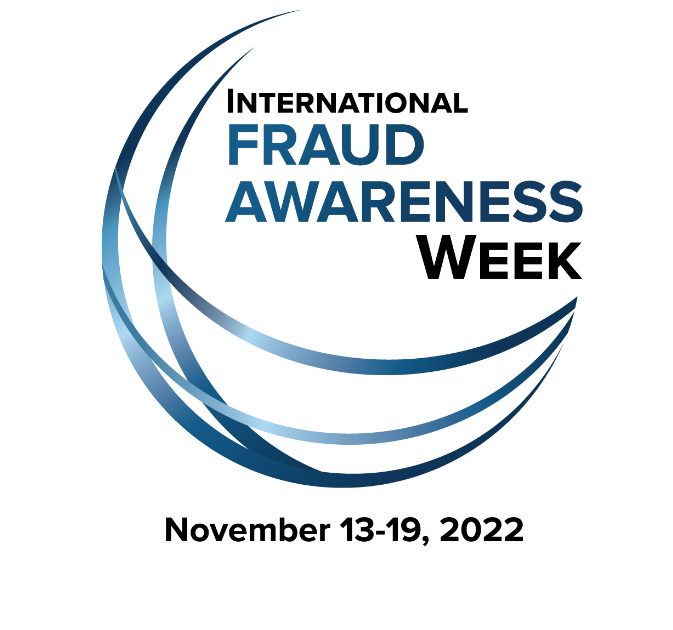
Consultancy Excellence
We utilize our expertise in Fraud Investigations and Risk Management together with business and Finance, human integrity and technology to deliver sustained outcomes and build trust

We identify which risks fit within the organisation’s risk appetite and which require additional controls and actions before they are acceptable. Thereby minimizing the impact on the company’s performance.
Our examination and reports with recommendations regarding your organisation makes it easier for you from a control perspective to improve your organisation and profitability by identifying fraudulent issues
Reviewing your organization from a Business Continuity Management perspective to identify any shortcomings regarding business continuity due to any disaster or major disruption. Deliver a Business Continuity Plan (BCP) to ensure continuity
Review, identify and report any issues regarding compliance with industry and security, as well as corporate and regulatory policies and requirements. This is critical because noncompliance may result in security breaches or other damages that can occur to your business
Evaluate your systems and processes currently in place that work to secure company data. Determine if there are potential risks to the company’s information assets and recommend ways to minimize those risks thus verifying the reliability and integrity of information.
Review, evaluate and make recommendations regarding your Credit Management policies, procedures and systems thus ensuring credit to customers are adequately managed and also ensuring sufficient cash flow for meeting your company’s commitments.

25 Years Of Your Trust
Better Business With Riskscape
Hamid Mohammed DDBL (L8), CCP, CBCM, CBCS, PGDip FAFD, CICRA, MFAFD, Dip CFAFD, CFE, CISA, Cert Forensic Document Examination
Lead Consultant
Hamid has more than two decades of experience in the areas of corporate governance, Fraud Investigations, Risk Management and business performance improvement. Hamid help Companies think through risk innovations and their impact on their performance and culture as well as assisting leaders achieve their strategic objectives by building agile, risk-aware organizations equipped to make better decisions.
He is an advocate of enhancing risk awareness and agility during digital transformation journeys. Hamid is passionate about the role of Consultancy and is committed to developing the diverse and skilled talent that organizations need to embed sustainable business practices and drive long-term value

Losses due to fraud internationally and Trinidad and Tobago
Are you realising the revenues from your business operations? US$3.1 billion lost to fraud. Those were the total losses calculated in the latest report from the Association of Certified Fraud Examiners (ACFE), Occupational Fraud 2024: A Report to the Nations. CFEs estimate that organizations lose 5% of revenue to fraud each year. How much is 5% of revenue worth to the survival of your business. The Latin America and Caribbean region had the highest median loss per case (US$250,000). Eighty four percent (84%) of fraudsters displayed at least one behavioural red flag, with the most common being that they were living beyond their means (39%).
In Trinidad and Tobago, the latest Financial Intelligence Unit (FIU) report did not specify how much money has been stolen but said fraud continues to be one of the top five suspected criminal conducts as it relates to suspicious transaction report (STR) submissions.
“For the period October 2022 to September 2023, the FIUTT received 250 STRs on suspected fraud with the total monetary value amounting to TT$4,631,983,132,” it stated.
The FIU said for the reporting period it received a total of 1,459 suspicious transaction/activity reports from the banking institutions, non-bank financial institutions, non-regulated financial institutions, attorneys-at-law, motor vehicle sales, private members’ clubs and real estate.
With respect to money laundering charges, the report stated: “The Trinidad and Tobago Police Service and the Criminal Tax Investigation Unit, Inland Revenue Division proffered 144 money laundering charges against fourteen persons during this reporting period. The cumulative total dollar value of Money Laundering charges was TT$2,082,371.00 and US$1,628.00.”
Other key findings from the CFE’s report include:
Fraud in government organizations: The median loss per fraud case in government organizations was US$150,000. Median losses were the largest and corruption was more likely to occur at the national level of government.
Cryptocurrency schemes: Despite only 4% of the cases in the study involving cryptocurrency, that number is expected to grow. In the study, 47% of the cases involved the conversion of stolen assets into cryptocurrency, while 33% involved bribery or kickback payments were made to a co-conspirator in cryptocurrency.
Regional comparisons: The Latin America and Caribbean region had the highest median loss per case (US$250,000). The Asia-Pacific region and Eastern Europe and Western/Central Asia region tied for second with a median loss of US$200,000 per case. The regions with the highest percentage of cases involving corruption were Southern Asia (74%) and Eastern Europe and Western/Central Asia (71%).
Detection: A typical fraud case lasted about 12 months before it was detected. More than half of the 43% of frauds that were detected by tips came from employees.
Perpetrators: Fraud perpetrators were more likely to be male (74% of cases) and between the ages of 31 and 50 years old (69% of cases). Most perpetrators (87%) had never been charged or convicted for fraud-related offenses in the past.
Red flags: 84% of fraudsters displayed at least one behavioural red flag, with the most common being that they were living beyond their means (39%).
Case results: In the study, 68% of perpetrators were terminated by their employers and 72% of fraud cases referred to law enforcement resulted in a conviction.


First Class Consultants
Clients Success
Years Experience

Clients Success
Years Experience


Let's Talk
ig: @riskscapeltd/
hamid@riskscapeltd.com













